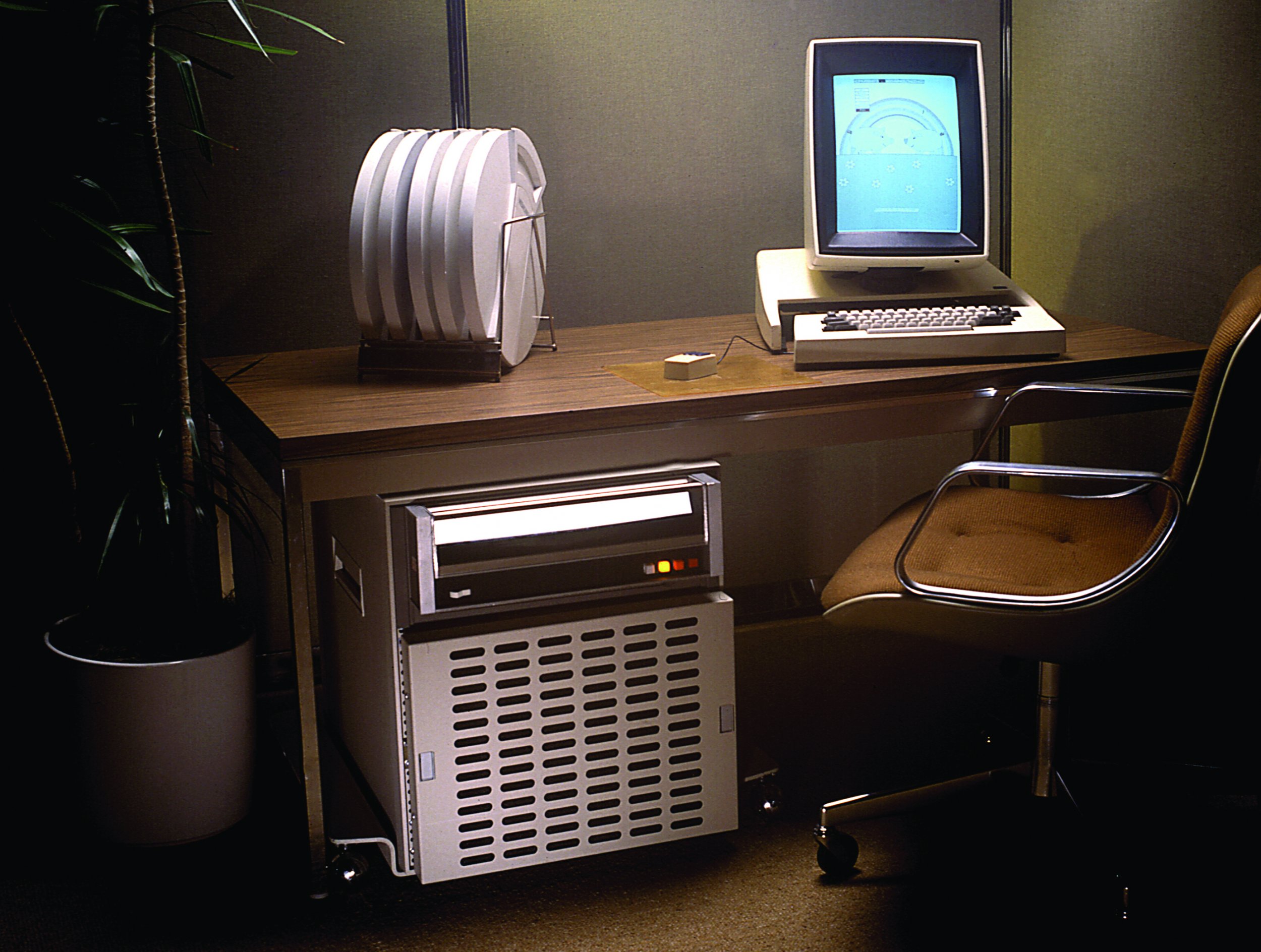
The strength of Silicon Valley lies in decades-long layers of innovation. In the following article, by Senior Editor James Ellis, Newsweek explores how this innovation led to personal computing. This aritcle is excerpted from a new Special Edition, The Founding Fathers of Silicon Valley, Exploring 60 Years of Innovation.
Forget semiconductors and startups—what defines Silicon Valley as an entity are ideas. Every would-be innovator and aspiring tech mogul dreams of coming up with that one idea that ushers in a digital nirvana, changing the world (and maybe making the guy or gal behind it a few billion dollars in the process). And when you put these people in the same social and geographic space together, their ideas tend to bounce back and forth until one latches onto the individual or company able to turn a thought into an empire. One of the earliest examples, which has since become a legend in the Valley, is how an upstart Apple seized on the innovations Steve Jobs saw at Xerox PARC to create the personal computer market.
In 1970, business-equipment behemoth Xerox founded the Palo Alto Research Company (PARC) and staffed it with the smartest, most creative men and women in the tech industry to come up with new ideas Xerox could eventually monetize. "PARC was very well known by a lot of people in the field," says Michael Hiltzik, Pulitzer-prize winning columnist for the Los Angeles Times and author of Dealers of Lightning: Xerox PARC and the Dawn of the Computer Age. PARC's reputation as Silicon Valley's creative haven attracted the attention of Steve Jobs, the co-founder of then-fledgling Apple. Jobs's company stood on the precipice of a public offering guaranteed to make him and any investors wealthy, and the tech guru's impending good fortune enticed the suits at Xerox to make him an offer he couldn't refuse: Let us buy shares in your company, and we'll give you a peek inside the greatest minds in your field.
But the idea of being the subject of Jobs's gaze didn't delight everyone at PARC. "We gave Jobs access in exchange for pre-IPO investment, " says Dr. Steve Hoover, the current CEO of PARC, which became an independent subsidiary of Xerox in 2002. "Apparently, not everyone knew that in the context of the visit, and that created some tension." PARC researchers had compiled several groundbreaking innovations into their Alto machine, such as a graphic user interface, bitmapping and "what you see is what you get" editing. When Jobs and a select group of Apple employees witnessed what PARC had wrought in a demo of the Alto at PARC labs in December 1979, Jobs was inspired.
"Once you started seeing it, it was really quite amazing," says Dr. Daniel Bobrow, a researcher at PARC since 1972. Larry Tesler, one of the PARC researchers who demonstrated the Alto to Jobs, remembers the Apple co-founder's barely restrained enthusiasm. "He put his clenched fist underneath his chin and was pacing while talking at the same time," Tesler says. "He said we were sitting on a goldmine." The visit convinced him the nascent Lisa computer needed to incorporate some of the ideas he saw on his visit, including the use of a mouse. "Steve knew what we were going to show him on an intellectual level, but he needed to see it to really understand it," Tesler says.
The rest is history: Apple went on to pioneer and find huge success in the personal computer market with the Lisa and Macintosh, while Xerox continued to focus on putting out large machines geared toward large corporate offices prohibitively expensive for the small business owner. "The entire corporation was based on the copier industry," Hiltzik says. "It had a whole bureaucracy and employee base built around that." Xerox wasn't nimble enough to transition to a brand new market it had no experience with. Apple, however, had both the flexibility and initiative to take the ideas Jobs saw at PARC and build them into a machine primed for mass-market success. And that's how innovation in Silicon Valley works, both back in the '70s and today. "There's this whole notion of the ecosystem of Silicon Valley that allowed all sorts of things to happen," says Bobrow. "Doug Engelbart [a researcher at the Stanford Research Institute] had developed a very clunky mouse, and we turned it into something that was easy to use because we looked at the science behind it." By the same token, Jobs and other engineers took PARC's mouse and made an even better, low-cost version. Ideas don't play favorites. But when ideation is tied to monetization, it's no wonder there are seemingly as many lawsuits as start-ups in the Valley.
This article was excerpted from Newsweek's Special Edition, The Founding Fathers of Silicon Valley, Exploring 60 Years of Innovation, by Issue Editor Alicia Kort. For more about the road to the digital age, pick up a copy today.
Uncommon Knowledge
Newsweek is committed to challenging conventional wisdom and finding connections in the search for common ground.
Newsweek is committed to challenging conventional wisdom and finding connections in the search for common ground.
About the writer
To read how Newsweek uses AI as a newsroom tool, Click here.








